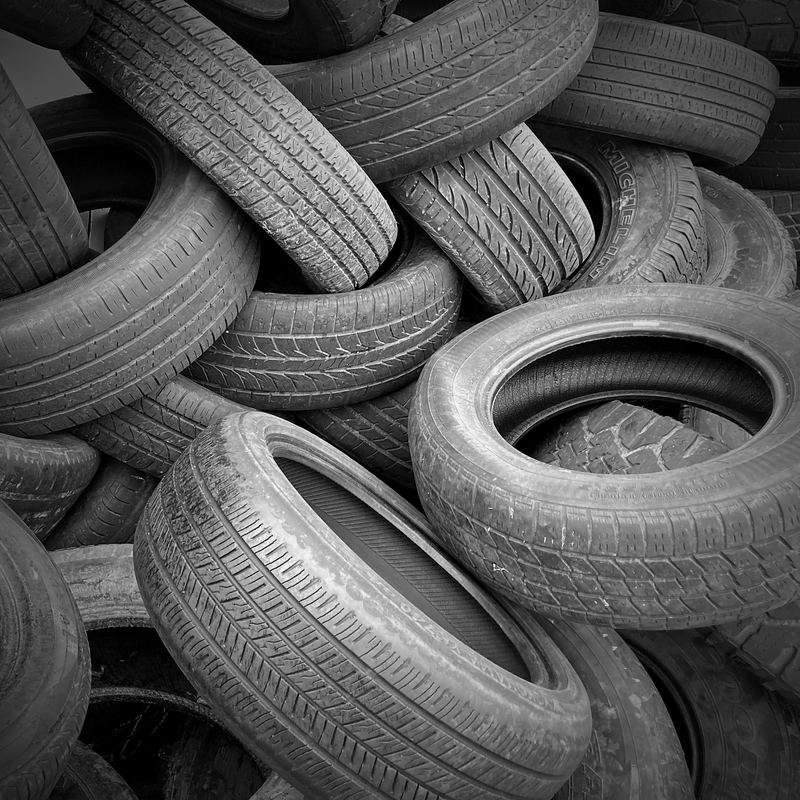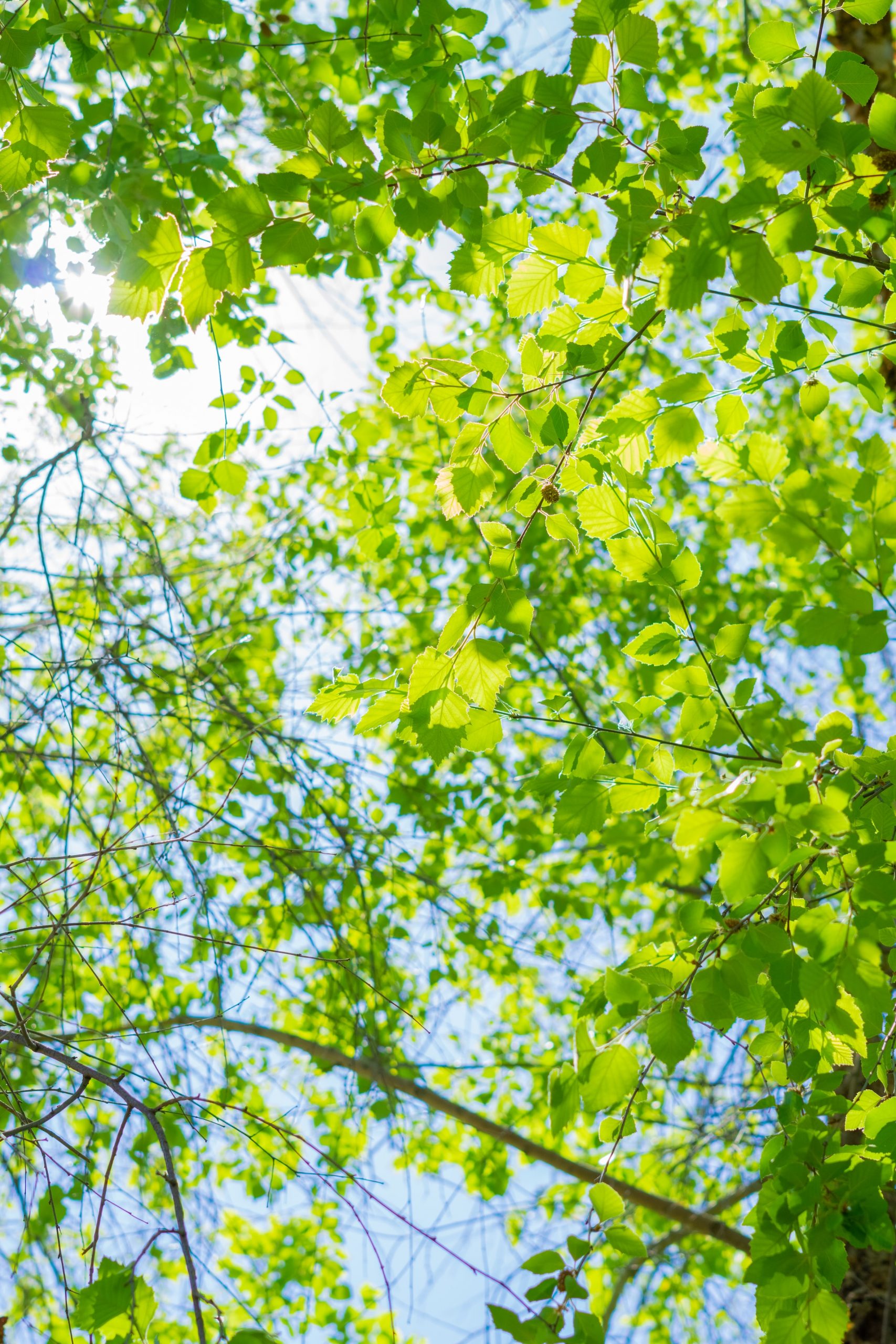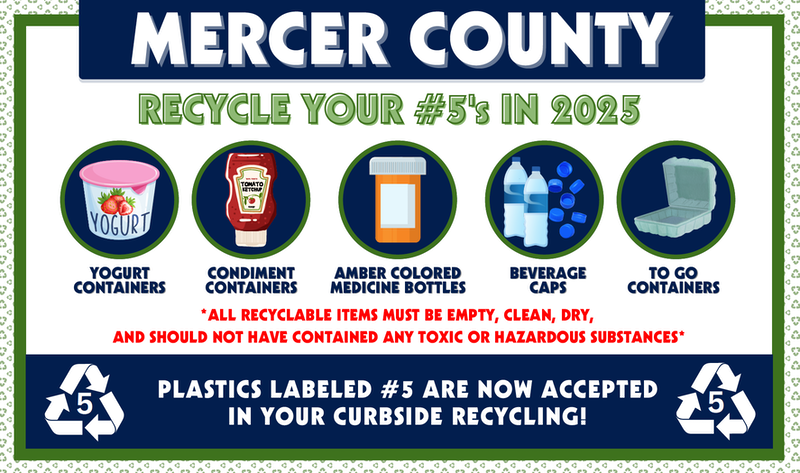The U.S. Environmental Protection Agency acknowledges that recycling symbols on plastic consumables are confusing. As CBS News reported on July 31, 2023, the agency advocates changing some of them. The official comment cited in this report, issued by the EPA to the Federal Trade Commission, reads in part:
EPA recommends that the FTC address confusion created by the chasing arrows symbol and the resin identification codes by revising the Green Guides to reflect the intention of the ASTM standard for resin identification coding. EPA believes the use of the RIC with the chasing arrows symbol constitutes a misrepresentation and violation of claims prohibited under Section 5 of the FTC Act – “A representation, omission, or practice is deceptive if it is likely to mislead consumers acting reasonably under the circumstances and is material to consumers’ decisions.” Consumers generally understand the chasing arrows triangle to represent a universal recycling symbol and interpret it to mean that the product is recyclable, and its use with the resin identification codes influences consumer decisions on how they dispose of plastic products.
According to ASTM standard D7611/D7611M, the intention of the coding system was never to determine the recyclability of a product, but to determine resin composition and quality control measures before recycling. Not all resin codes can be recycled currently in the United States. Resin codes 3-7 cannot be recycled in most material recovery facilities and do not have strong end markets. The issue is not the resin codes themselves, but the implication that all of them can be recycled. This implication is made when the numbers are combined with the chasing arrows symbol, which is why the combination becomes deceptive or misleading. As such, the current ASTM standard no longer uses the chasing arrows symbol to surround the number and has switched to an equilateral triangle. Moreover, California passed SB 343, which prohibits the use of the chasing arrows or any other indicator of recyclability on products and packaging unless certain criteria are met.
EPA believes updates to the FTC Green Guides “recyclable” claims can be a tool to reduce consumer confusion that contributes to recycling facilities receiving many plastic materials that they do not accept and cannot recycle, which adds a financial burden to facilities and taxpayers to haul, process and ultimately incinerate or landfill this contamination.
Download and read the entire comment by EPA on Green Guides Review, Matter No. P954501, here: https://www.regulations.gov/comment/FTC-2022-0077-1366


